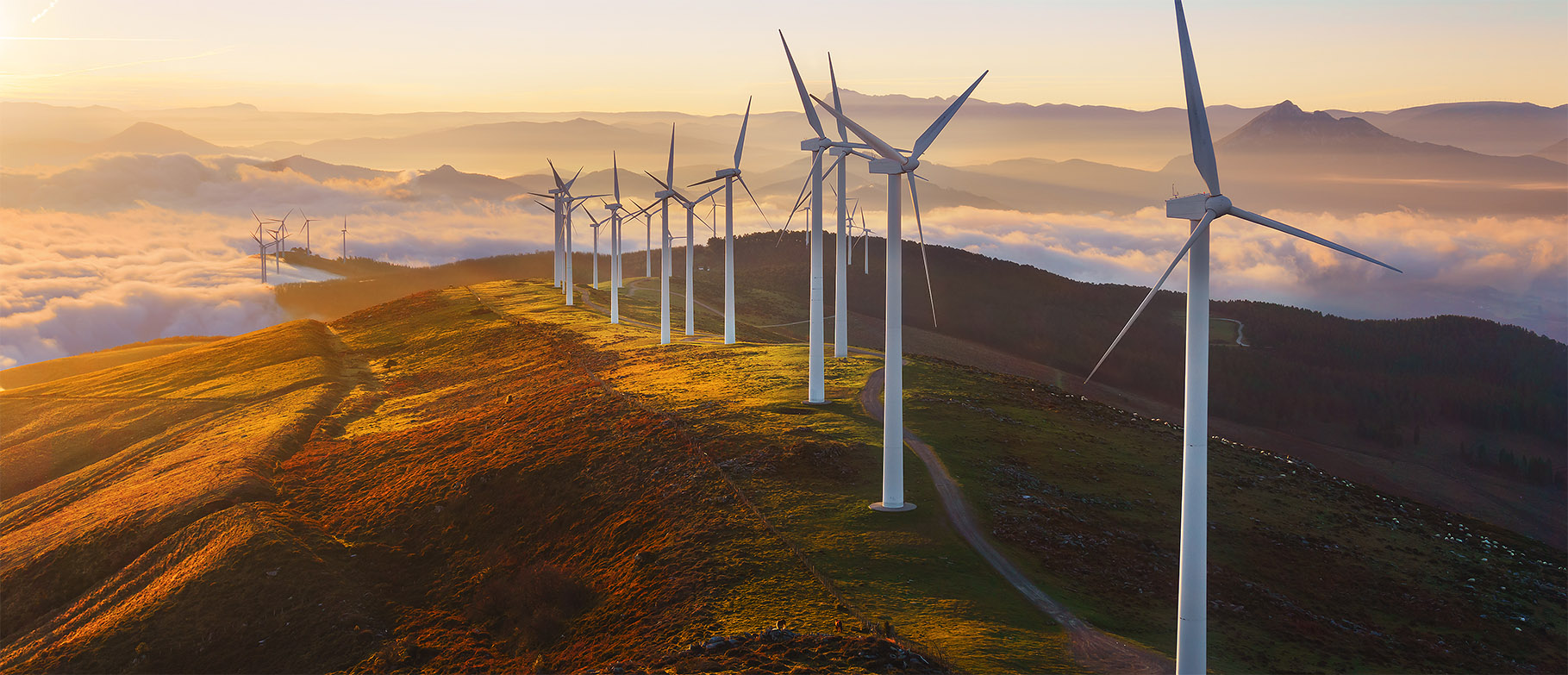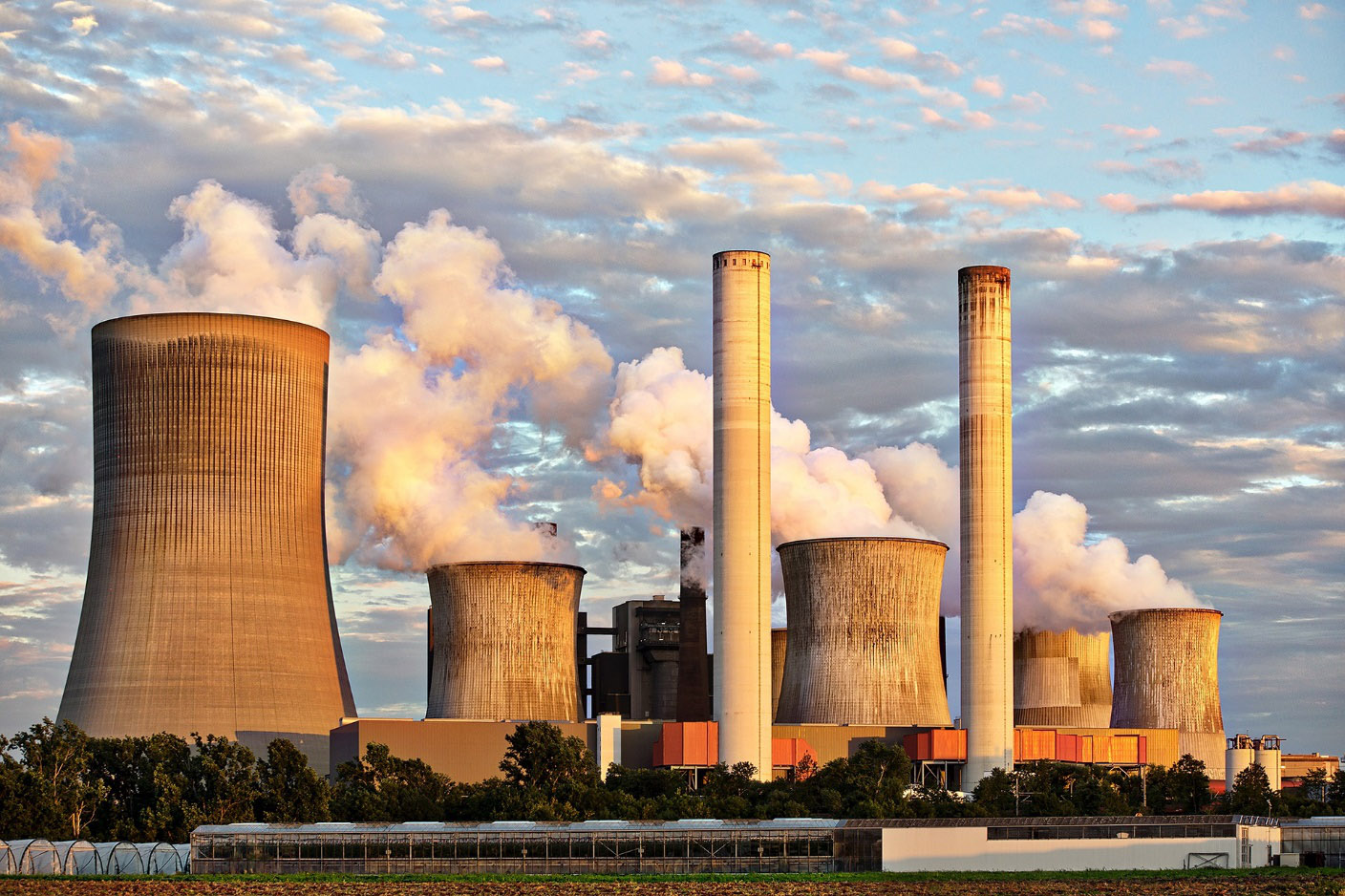
ENERGY TRANSITION HUB What is the energy transition
The energy transition is the change to a low-carbon, environmentally rational, reliable and economically affordable model of energy supply. It is a medium to long term transition that requires the active and sustained involvement and engagement of all political, economic and social stakeholders.
The European Union has set a series of targets for 2030 (with intermediary milestones for 2020), in line with its "European Energy Union" strategy:
- 40% cuts in greenhouse gas emissions (from 1990 levels).
- 32% share of renewables in final energy consumption.
- 32.5% improvement in energy efficiency.
- 15% electricity interconnection between Member States.
Within this strategy, it identified 5 main challenges:
- Decarbonisation (a carbon neutral economy by 2050).
- Energy efficiency.
- Energy security.
- Internal energy and research market.
- Innovation and competitiveness.
Each Member State must in turn design and implement its own Energy and Climate Plan with which to meet the Union's 10-year targets (2021-30). These plans had to be approved by the end of 2019. In the case of Spain, with a view to transitioning to an emission-neutral model by 2050 the (draft) Plan establishes the following targets:
- 21% cut in greenhouse gas emissions (from 1990 levels).
- 42% share of renewables in final energy consumption.
- 74% share of renewables in electricity generation.
- 39.6% improvement in energy efficiency.
- 15% electricity interconnection with Member States.

Image: coal-burning power station, an example of the existing energy system, now under transition.




